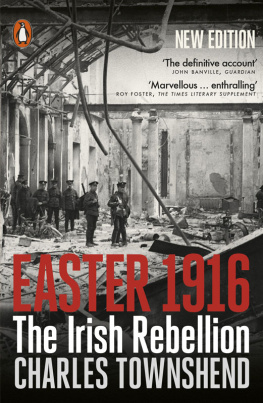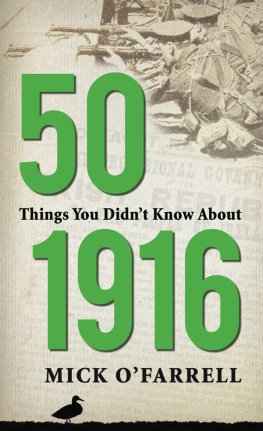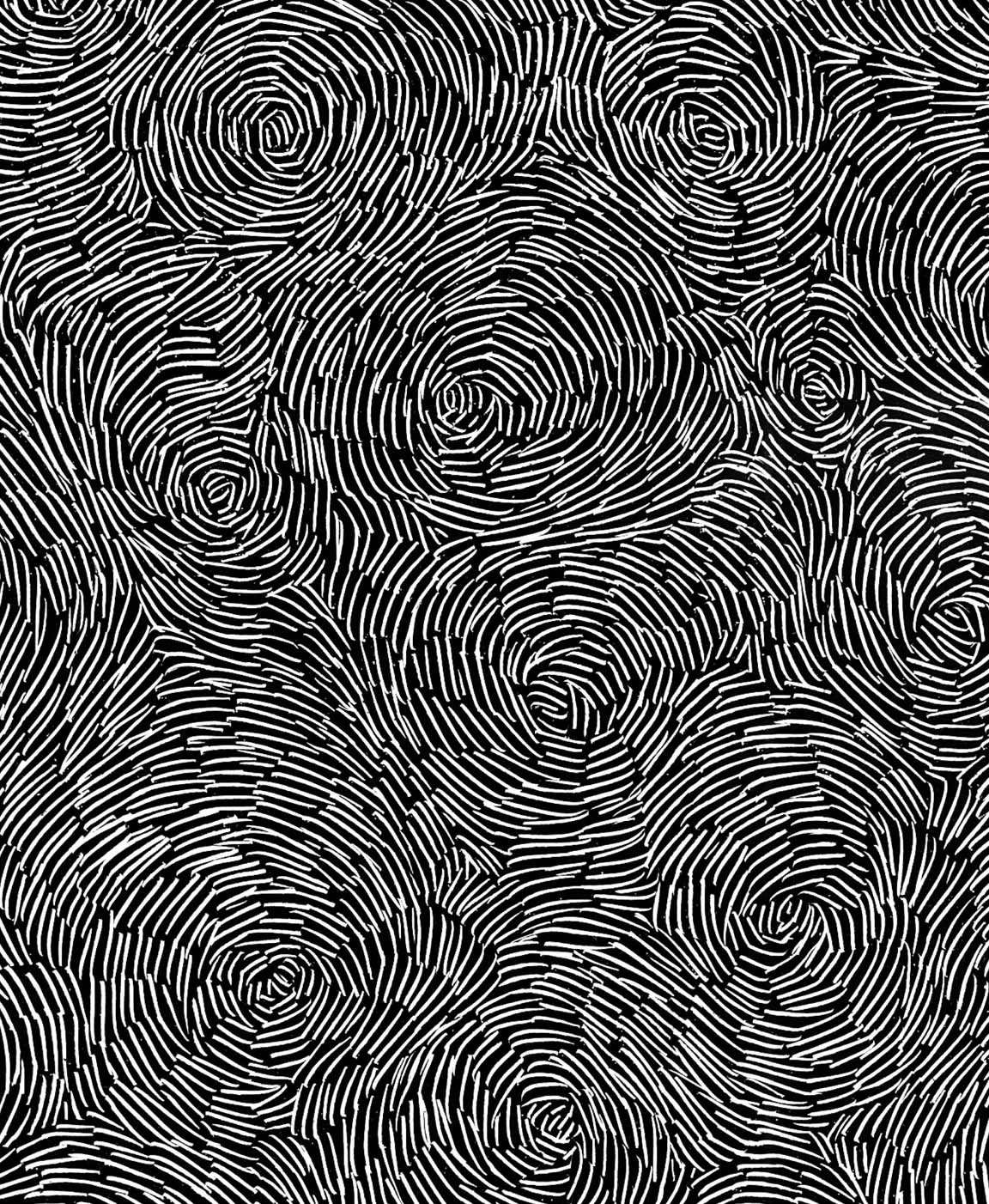1916
PORTRAITS AND LIVES
Edited by Lawrence William White and James Quinn
Illustrated by David Rooney
Introduction and Afterword by Patrick Maume

1916: Portraits and Lives
First published 2015
Royal Irish Academy, 19 Dawson Street, Dublin 2
www.ria.ie
Text copyright Royal Irish Academy
Illustrations David Rooney
ISBN 978-1-908996-79-4
All rights reserved. The material in this publication is protected by copyright law. Except as may be permitted by law, no part of the material may be reproduced (including by storage in a retrieval system) or transmitted in any form or by any means; adapted; rented or lent without the written permission of the copyright owners.
British Library Cataloguing in Publication Data. A CIP catalogue record for this book is available from the British Library.
Editor: Helena King
Design and production: Fidelma Slattery
Index: Julitta Clancy
This publication has received support from

10 9 8 7 6 5 4 3 2 1
The forty-two portraits in this volume were commissioned by the Office of
Public Works and the Royal Irish Academy. These original artworks, which
mark the centenary of the 1916 rising, have been acquired for
the Irish State Art Collection.
The biographies in this book are selected from the Royal Irish Academys
Dictionary of Irish Biography, a comprehensive, scholarly biographical
reference work for Ireland, treating the lives of persons from the earliest
times to the present day, and encompassing every sphere of human activity.
New lives are added twice every year to the online version, which now
comprises some 9,400 articles covering over 10,000 lives. Access to the
online version is available, free of charge, to all schools in Ireland.
Editors Note
This volume is a selection of forty articles from the Royal Irish Academys Dictionary of Irish Biography (DIB) dealing with forty-two men and women whose careers, in one way or another, were deeply involved with the Easter rising of 1916.
In rendering this selection, we have drawn from the vast diversity of lives covered in the DIB generally to compose a broadly inclusive picture of the 1916 rising, representing the spectrum of personalities and perspectives that were involved in the event. Our selection reflects the diverse backgrounds and careers, and the competing political perspectives, of the personalities involved, and the varying natures of their involvement.
The DIB includes articles on hundreds of persons whose lives were affected by the Easter rising, including many who fought in the rising as republican insurgents. From this large quantity of articles, we have selected the lives of thirty men and women to represent the perspective of the republican revolutionaries. Twenty-one of these are men who died in 1916 as a consequence of their participation in the rising. They include the seven signatories of the proclamation of the Republic; the nine other men who, along with the signatories, were executed for their parts in the rising; four men who were killed in action (including Richard Kent, who is treated in the article on his executed brother, Thomas); and one insurgent who was murdered upon being taken prisoner.
The Easter rising was remarkable for the number of women participants among the insurgents. We have selected nine of these women who were involved as soldiers or in supporting capacities (one of whom, Julia Grenan, is included in the article on her long-time associate Elizabeth OFarrell). All were connected to the Irish Citizen Army, a reflection of the feminist ethos of that body and its top leadership. The nine women all survived the rising, and the articles describe the contributions of their later lives, in some cases pursuing notable careers in politics and civil society.
Most of the republican soldiers of 1916 represented in the DIB survived the rising and contributed in multifarious ways to the life of the Irish nation in the years that followed. Our selection for this volume does not include the DIB articles on such prominent figures as amon de Valera, W. T. Cosgrave, Michael Collins and Sen Lemass, some of whom played only minor parts in the rising, and for all of whom the rising constituted a relatively brief episode near the commencement of their respective public careers. Consequently, including their lengthy DIB entries would have added considerable material to this volume that was not directly relevant to the events of Easter week. The aforementioned figures and other survivors of Easter week are treated in an Afterword, which briefly describes the roles they played in the rising and discusses the impact of their participation in the rising on their subsequent careers.
The republican insurgents represented only a minority segment of Irish nationalist opinion at the time. We have selected the lives of three nationalist leaders who opposed the Easter rising. John Redmond as leader of the Irish parliamentary party was the foremost mainstream Irish politician of his generation. The Easter rising was as much a blow against his political philosophy and strategy as it was against the British state, and his career provides the essential political backdrop against which the rising took place. The events of 1916 rendered his achievement of an Irish home rule act largely irrelevant and heralded the demise of the political party that had dominated Irish nationalism for the previous half-century. Bulmer Hobson, from his base in the Irish Republican Brotherhood, and Eoin MacNeill, as commander-in-chief of the Irish Volunteers, were both intimate with the conspirators who plotted and executed the rising, but opposed their plans and attempted to prevent the rising, a choice that had a significant bearing on their subsequent careers and historical reputations. Also selected is one murdered non-belligerent nationalist, the pacifist radical Francis Sheehy-Skeffington, the most notable civilian fatality of Easter week.
The regime against which the insurgents rose is represented by six lives. These include the three senior figures in the administration of Ireland in 1916: the lord lieutenant, Viscount Wimborne (Ivor Guest), the crowns representative in Ireland; the chief secretary, Augustine Birrell, the British cabinet minister responsible for Ireland; and the under-secretary, Matthew Nathan, the top-ranking civil servant in the Irish administration. The British army that suppressed the rising is represented by John Maxwell, the general appointed commander-in-chief in Ireland as the rising transpired, who in its aftermath oversaw the restoration of order, the courts martial and executions; and by the Irish-born John Bowen-Colthurst, the controversial officer whose brutal murders of five unarmed prisoners (including two of our subjects) did much to sway public opinion against the government. The local civic authorities are represented by another Irish-born figure, Walter Edgeworth-Johnstone, commissioner of the Dublin Metropolitan Police.
Over the past century, a vast historiography has recounted, assessed, interpreted and debated the 1916 rising. Our selection includes articles on two historians who made considerable contributions to the scholarly debate. Desmond Ryan was, as a young man, a participant in the rising, and as a historian revised his own early uncritically nationalist interpret -ation to one informed by a socialist republican perspective, while pioneering the historical approach of recounting the events of the rising from the perspectives of a myriad of individual participants. Francis Shaw (the only person included who was not a direct participant in the rising, being only nine years old at the time) became posthumously one of the most provocatively challenging voices of the revisionist debates of the 1960s70s by critiquing the entire ideological underpinning of the insurgency and of the tradition of physical-force separatism from which it emerged, as expressed in the writings of Patrick Pearse, the 1916 leader most lauded by separatist apologists. Both Ryan and Shaw, from their differing perspectives, incorporated a biographical element in their histori -ography, asserting their respective arguments by positively reassessing the roles of selected participants in the events of 1916: Ryan reasserting the socialist internationalism of James Connolly in the face of the latters subsumption into nationalist martyrology; Shaw rehabilitating the patriot -ism of Redmond and MacNeill against their vilification in nationalist apologia as traitors to the national cause.
Next page

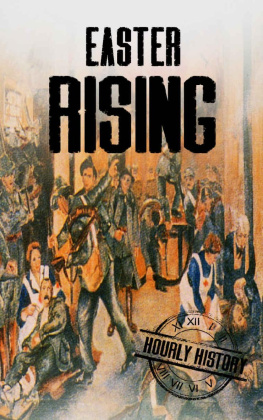

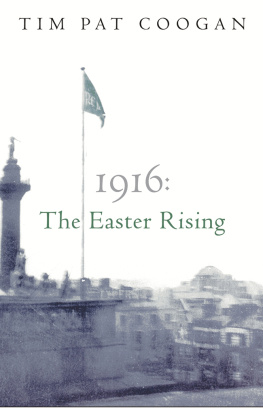
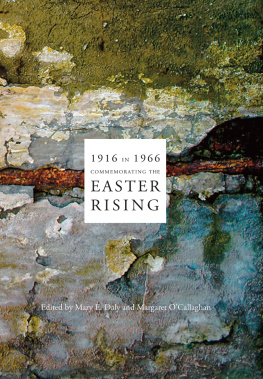
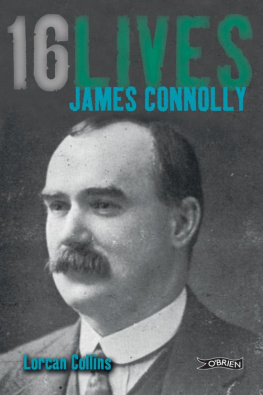
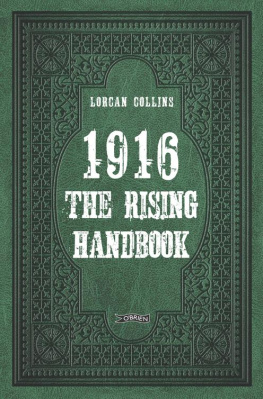
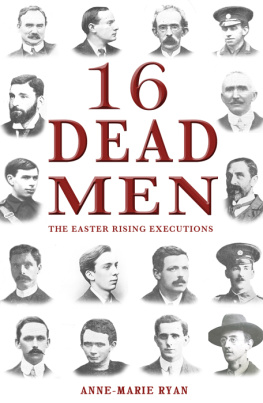
![Lorcan Collins [Lorcan Collins] - 1916: The Rising Handbook](/uploads/posts/book/143326/thumbs/lorcan-collins-lorcan-collins-1916-the-rising.jpg)
